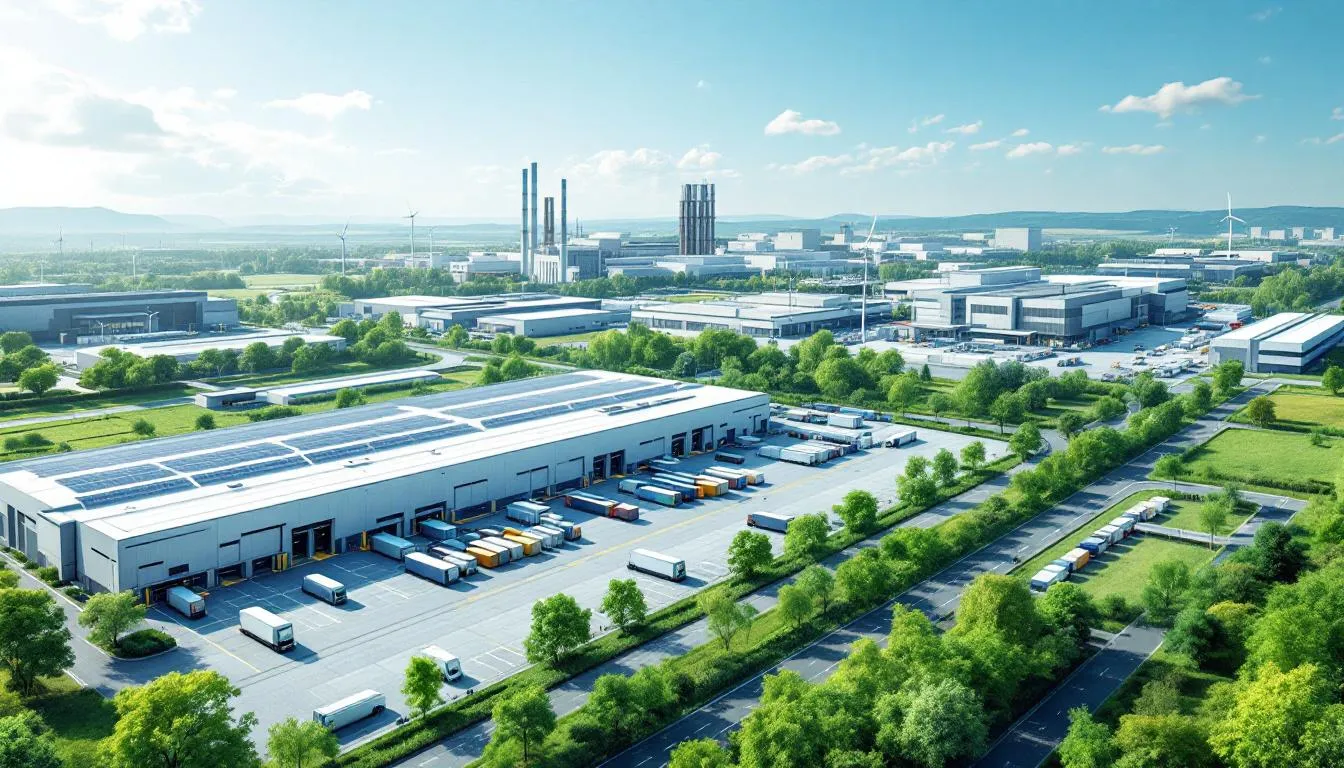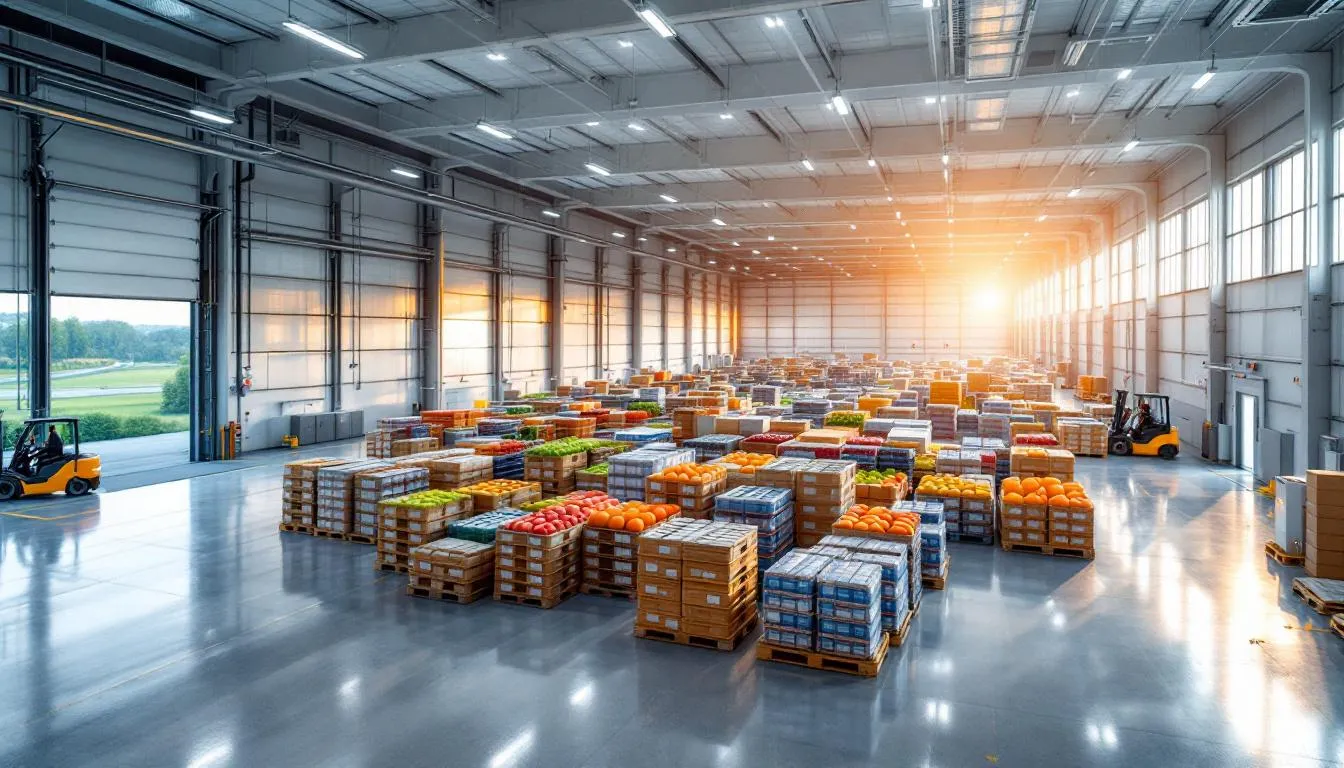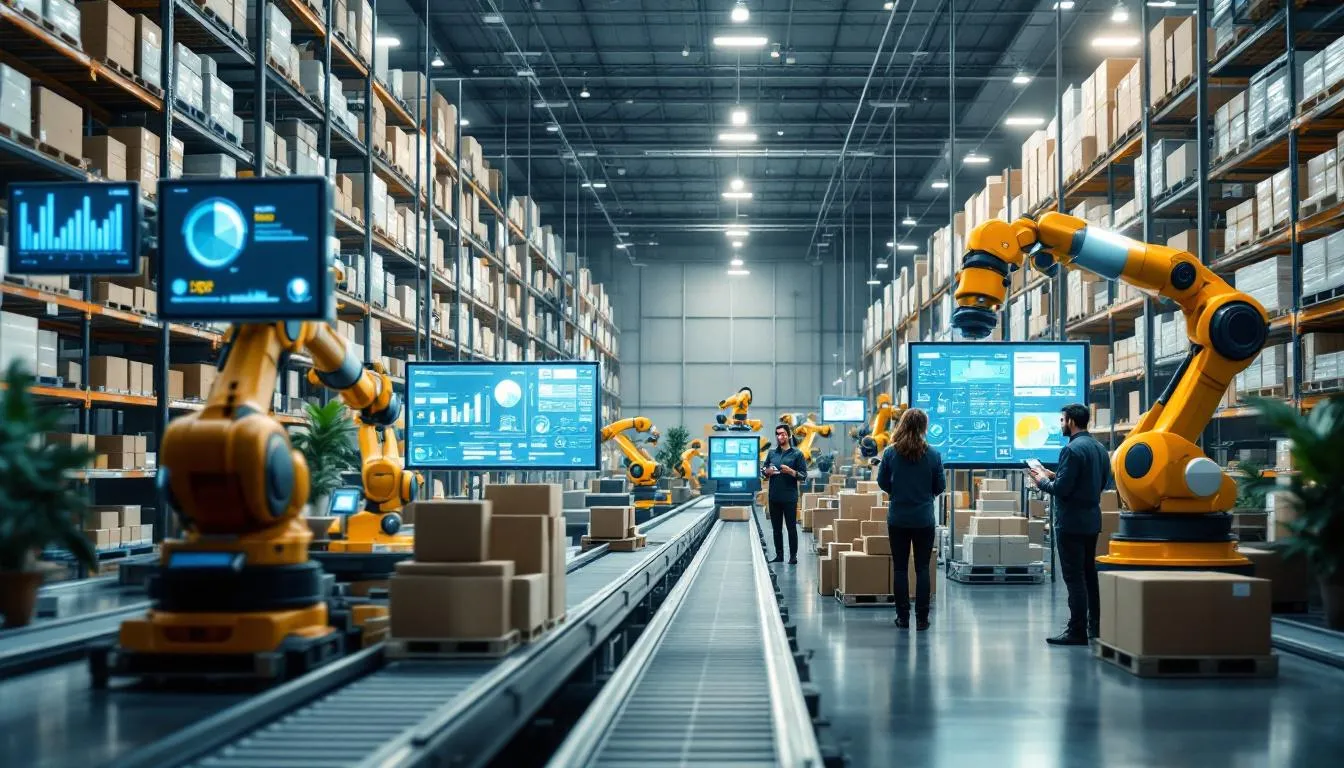As we approach 2025, the Central and Eastern Europe (CEE) industrial landscape is undergoing significant changes. The future of industrial spaces in this region hinges on sustainability and the strategic advantages that come with advanced logistics. Whether driven by technological innovations or economic trends, these developments are set to reshape the CEE industrial sector, influencing everything from operations to design methodologies.
In this article, we will delve into the key trends and insights shaping the CEE industrial landscape as we look to 2025 and beyond.
The Rise of Advanced Logistics Hubs in CEE
The CEE region is experiencing a notable transformation with the rise of advanced logistics hubs. These hubs are designed to streamline distribution processes, ensuring efficiency and reducing operational costs. Factors like nearshoring and the exponential increase in e-commerce demand have contributed to their emergence as crucial components of modern supply chains. According to trends reported in Q1 2025, the logistics market in CEE is projected to see substantial growth due to strategic investments and upgrades in infrastructure.
Impact of Technological Innovations on Industrial Operations
Technological innovations are reshaping industrial operations across the CEE region. Automation, artificial intelligence (AI), and data analytics are being implemented to enhance productivity and decision-making processes. For instance, factories leveraging AI-driven predictive maintenance see reduced downtime and better resource management. As detailed in recent reports, organizations must adapt to these technologies to remain competitive and meet evolving market demands.
Circular Economy Practices in Industrial Design
The circular economy is gaining traction in CEE industrial design, influencing how products are created, consumed, and disposed of. Emphasizing principles like reuse and recycling, this approach not only supports sustainability but also drives innovation in design processes. Ongoing research highlights that adopting circular practices can lead to significant waste reduction and cost savings for businesses.
Analyzing Investment Trends and Economic Growth in Slovakia
As a fast-growing member of the CEE group, Slovakia’s industrial sector is witnessing robust investment trends. Emerging industries such as green technology and digital logistics are attracting both foreign and domestic investment. Recent forecasts predict a steady GDP growth rate of approximately 2.7% for the region, suggesting a favorable climate for industrial expansion and sustainability-focused investments.
Competitive Analysis: Sustainable Solutions vs. Traditional Models
The competition in the industrial sector is intensifying as companies grapple with the necessity of transitioning towards sustainable practices. A comparative analysis indicates that businesses implementing sustainable solutions not only gain competitive advantages but also improve their overall market perception. This strategic shift is marked by an increasing preference among consumers for environmentally responsible companies.
Strategic Location Advantages of D1 Park Senec
D1 Park Senec is emblematic of the logistical advantages present in the CEE region. Situated near key transport routes, this industrial park offers businesses unparalleled access to regional markets. Its strategic positioning is conducive to attracting firms looking to leverage CEE’s logistical strengths while minimizing operational challenges.
Leveraging Trends for Competitive Business Edge
Leveraging current trends is imperative for organizations seeking to maintain a competitive edge in the CEE industrial landscape. This includes integrating technological advancements, embracing sustainability, and adapting to changing consumer preferences. Companies that proactively align their strategies with these trends can foster innovation, boost efficiency, and enhance their market standing.
Actionable Tips
- Invest in technology that promotes automation and data analytics to enhance operational efficiency.
- Adopt circular economy principles in product design to reduce waste and increase sustainability.
- Explore strategic partnerships with advanced logistics hubs to optimize supply chain operations.
- Continuously monitor market trends and adjust business strategies accordingly.
- Focus on attracting and retaining talent with expertise in emerging technologies.
Conclusion
- The rise of advanced logistics hubs is pivotal for enhancing operational efficiency in CEE.
- Technological innovations are transforming industrial operations, requiring companies to adapt swiftly.
- Implementing circular economy practices offers both sustainability and cost-saving opportunities.
- Investment trends in Slovakia forecast strong growth, particularly in green technologies.
- Companies must strategically shift towards sustainable solutions to gain competitive advantages.
In conclusion, business leaders operating in the CEE industrial sector must prioritize sustainability, technology, and strategic investments to ensure they remain relevant in a rapidly evolving landscape.
As we move closer to 2025, it’s essential to stay abreast of these changes and prepare to adapt. Interested in exploring more insights on industrial spaces in CEE? Join us for further discussions and share your thoughts in the comments below!




